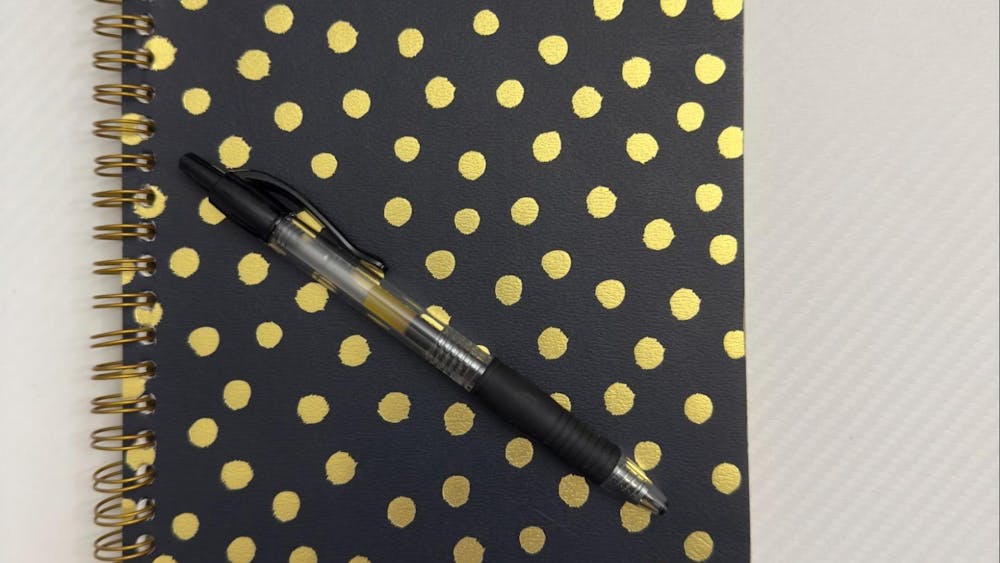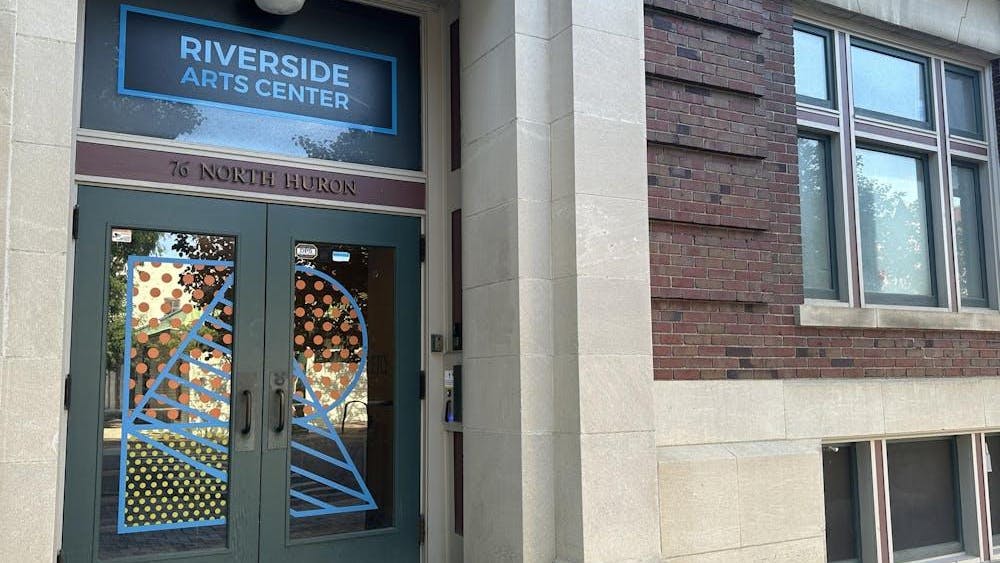A small screening of the landmark 1990 documentary “Paris is Burning” played Monday evening.
The event, organized by Beth Currans of the Department of Women and Gender Studies, was to celebrate the recent addition of the new minor in LGBT studies, which is now available at Eastern Michigan University.
“Paris is Burning” documents the ball scene of the late 1980s in New York City. It was introduced by professor Lawrence La Fountain-Stokes, an associate professor of American culture, Spanish and queer studies.
Starting in New York in 1986, it chronicles the balls that were happening around this time. The balls were get-togethers within the LGBTQ community in New York City. These parties featured drag shows, voguing and costume competitions.
“Paris is Burning” also glanced over a certain language that had developed by the end of the ’80s.
There’s “shade,” which is nonverbal insults and “reading,” which finding a flaw in a person and exaggerating in a humorous way.
Voguing is a type of dance-fighting influenced by ancient Egyptian hieroglyphics and gymnastics, as described by dancer Willi Ninja, which made its way into the balls.
It also explored the “houses,” which are surrogate families for the often homeless or near-homeless gay and transgender youth. Each house was ran by a mother or father who helped them out with their costumes and to provide support.
One of the mothers, Pepper LaBeija, said she had been there for two decades by the time of her 1987 interview. Very often, they came to these families when their original families rejected them after they came out. And the “mothers” filled the void of a parental figure and were true, alternative surrogate families. These houses such as the House of Ninja, Pendavis, St. Laurent and Xtravaganza competed against each other at the balls.
Veteran drag queen Dorian Corey had been there from the beginning, in the ’60s, and said originally they were trying to look like Las Vegas film stars. Then came a flood of other categories, like schoolboy or schoolgirl, town and country, suits, military, high fashion or evening whore. The category they spent the most time on was “realness.” The point was for the drag queen to look as much like a woman as possible. Women did the same, trying to look as masculine.
These were more than just drag shows to these people. They offered an opportunity for them to really feel normal, like they belonged to that environment. Often times, the family members were in abject poverty. The majority of the queens were black, Latino or some other minority.
But race didn’t matter at the balls. While the majority of the queens were black or Latino, there was a large number of whites as well. It was a great unifier because everyone was different from the rest of society. It was their common thread, the ballroom scene which kept the community together.
HIV/AIDS was also mentioned, but not in great detail. Back then, AIDS was not well understood and not well talked about. It was a death sentence. Despite this, professor La Fountain-Stokes did want to correct any misconception about it.
“The impact of AIDS cannot be understated,” he said,
Despite their poverty, what little money they did make went into their costumes, which were often very elaborate. This was no hobby – this was a real, important calling. Some even did it professionally.
The winners of these balls won trophies, some the size of skinny bookshelves, which were the pride and joy of the winners. “Legendary” was a status everyone wanted. Those interviewed in the documentary said it was like “winning an Oscar.”
“It’s like a physical high,” Corey said.






